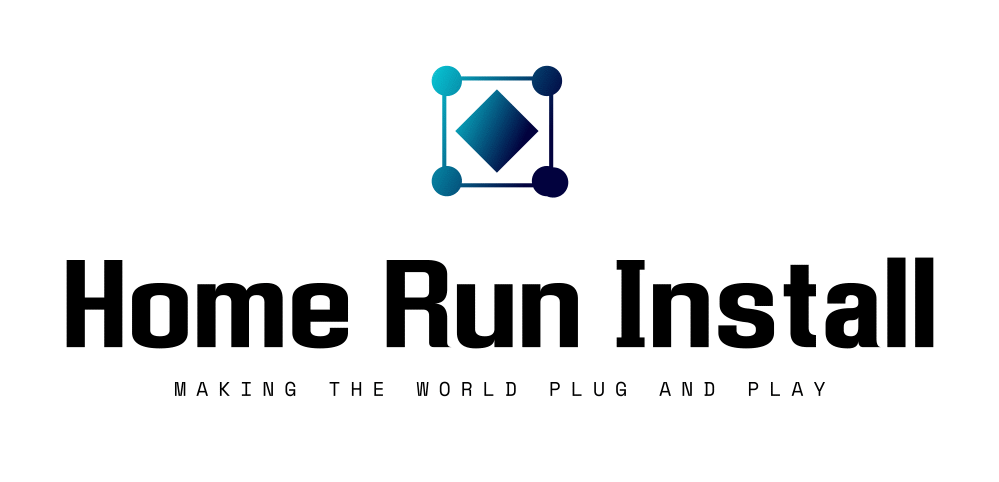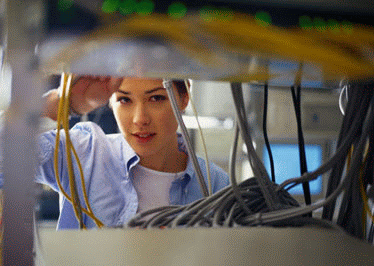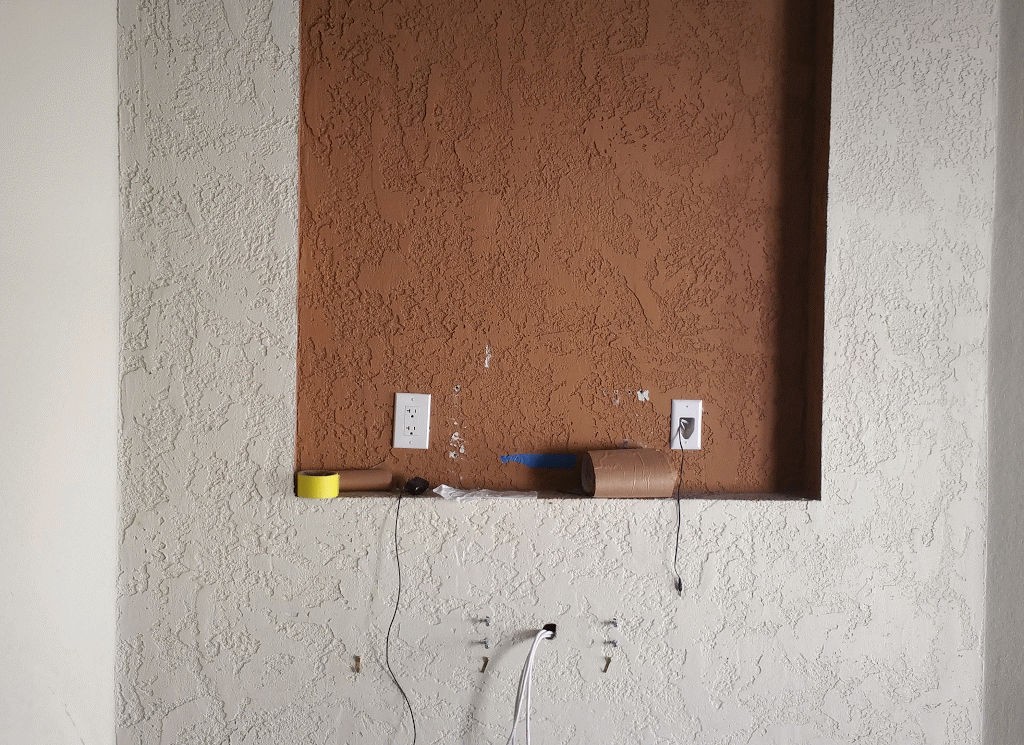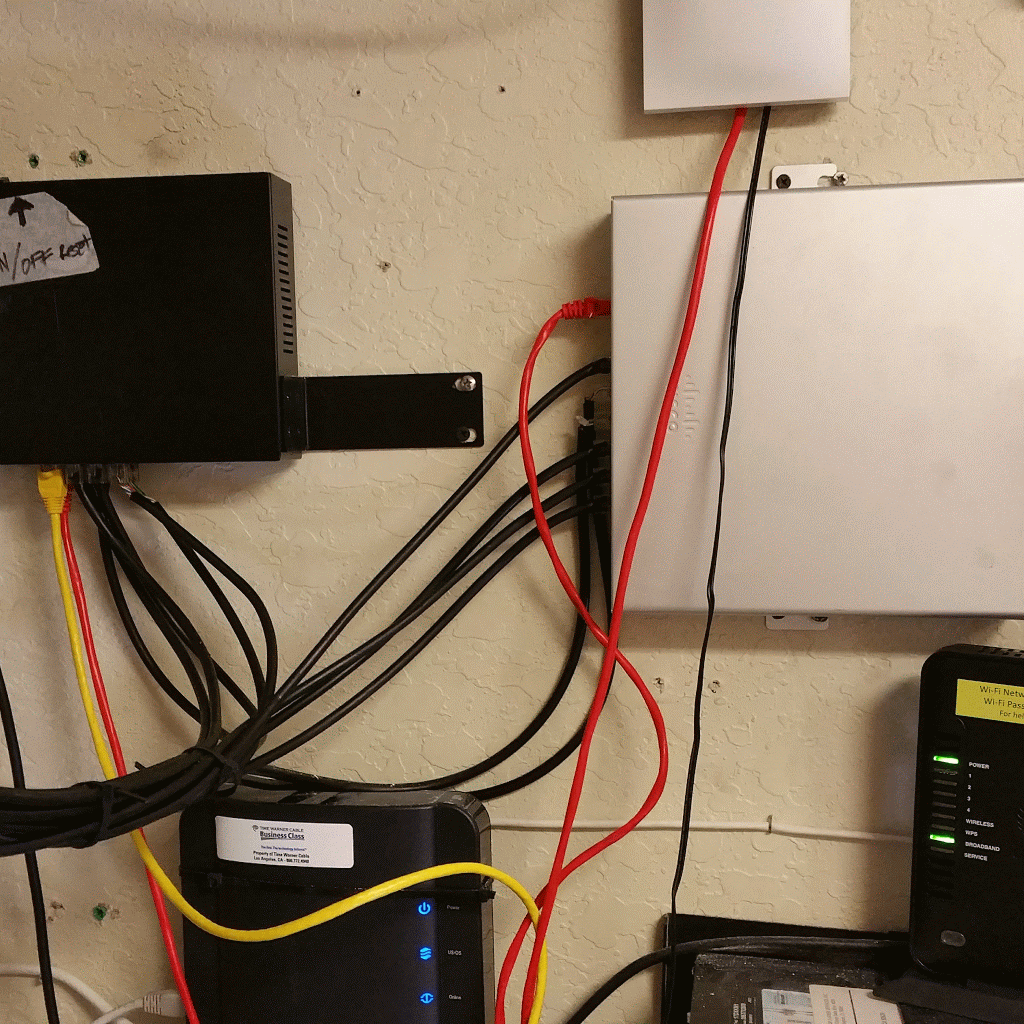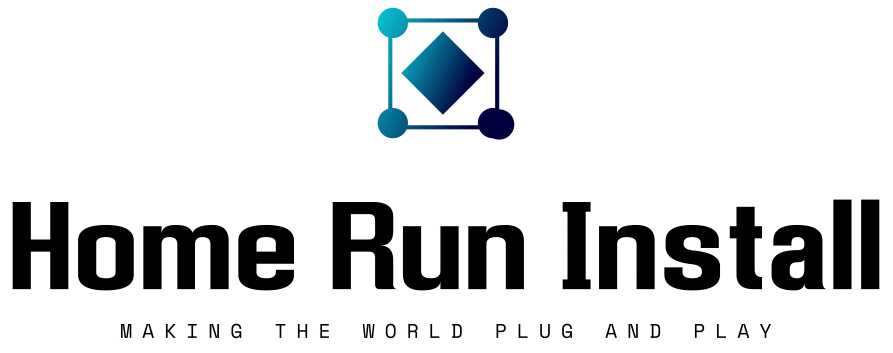Defend Your Right to Repair! | Electronic Frontier Foundation

More and more, your devices come embedded with software. From phones to cars to refrigerators to farm equipment, software is helping your stuff work better and smarter, with awesome new features. Cool, right?
Yep… until it breaks and you want to fix it yourself (or take it to a local repair shop you trust). Or you think of a way to make it work better that requires tinkering with the software (or some third party does). Or you want to give it to a friend or re-sell it. Then, you have a problem. Why? Copyright.
Software is subject to copyright, and than means that, as a rule, you might own your device but you only license the software in it. And that license (often called an “End User License Agreement”) is likely to come with any number of restrictions on your ability to tinker with your stuff. Typical clauses forbid reverse-engineering (i.e., figuring out how the software works so you can adapt it), transfer (i.e., giving it to a friend), and even using unauthorized repair sources at all.
Further complication: the software may come with digital locks (aka Digital Rights Management [DRM] or Technical Protection Measures [TPMs]) supposedly designed to prevent unauthorized copying. And breaking those locks, even to do something simple and otherwise legal like tinkering with or fixing your own devices, means breaking the law, thanks to Section 1201 of the Digital Millennium Copyright Act.
And then there’s manual lockdown, which happens when manufacturers refuse to publish crucial repair information (including the manuals themselves, but also things like diagnostic codes for cars)—and then threaten to sue anyone else who tries to do so with a lawsuit for copyright infringement.
The end result: users are disempowered, trained to go hat in hand to the Apple store just to change a battery (rather than doing it themselves). Medical clinics must waste scarce resources on expensive repair contracts rather than patient care. Independent repair shops are driven out of business. And the electronic waste piles up, as users discard their devices rather then fixing them or donating them for re-use.
If you can’t fix it, you don’t own it. From challenging restrictive end user agreements to supporting the fair use of repair manuals and diagnostic codes, EFF is fighting to give owners control over their own devices. Learn more through the links below.
Source: https://www.eff.org/issues/right-to-repair
______________________________________________________________
Exploring Drone Aerodynamics With Computers – YouTube
Published on Jan 11, 2017
For decades, NASA has used computer models to simulate the flow of air around aircraft in order to test designs and improve the performance of next-generation vehicles.
At NASA’s Ames Research Center in California’s Silicon Valley, researchers recently used this technique to explore the aerodynamics of a popular example of a small, battery-powered drone, a modified DJI Phantom 3 quadcopter.
This simulation reveals the complex motions of air due to interactions between the vehicle’s rotors and X-shaped frame during flight. In the video, airflow interactions are shown as undulating lines. Pressure changes are shown using color. Areas of high pressure are red; low are blue.
Learn more: http://go.nasa.gov/2jkklik
Video credit: NASA Ames Research Center/NASA Advanced Supercomputing Division/Tim Sandstrom
NASA Ames Research Center is located in the heart of California’s Silicon Valley. Follow us on social media to hear about the latest developments in space, science and technology.
